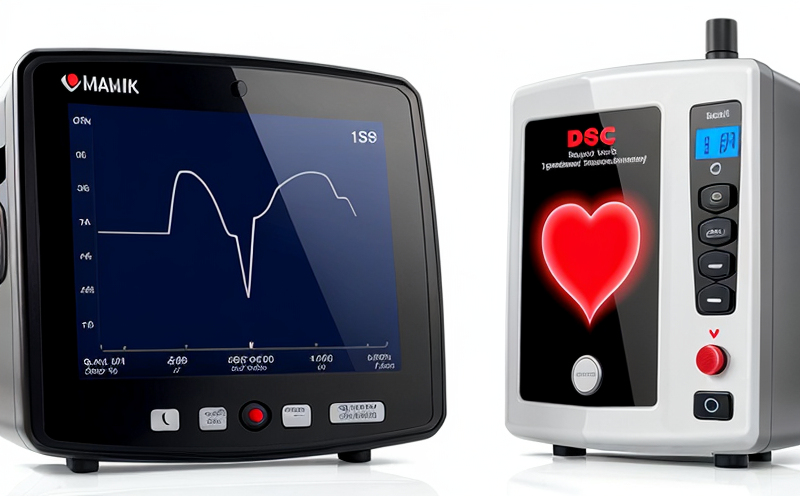ISO 25539-3 Vena Cava Filter Fatigue Testing
The ISO 25539-3 standard provides a comprehensive framework for the fatigue testing of vena cava filters. This testing is crucial in ensuring that medical devices meet stringent safety and performance requirements, especially when they are subjected to cyclic loading conditions similar to those experienced during patient use.
During this test, specimens undergo repeated mechanical stresses to simulate the dynamic forces encountered under real-world conditions. The primary objective of ISO 25539-3 is to evaluate the fatigue resistance and durability of vena cava filters, thereby assessing their ability to withstand prolonged usage without compromising patient safety.
The test methodology involves subjecting a specimen to a predetermined number of cycles or until failure occurs. The cycles are designed to mimic physiological conditions that can lead to wear-out mechanisms in the device. This process helps identify any potential weaknesses or vulnerabilities, ensuring that only robust and reliable products reach market.
Specimen preparation is critical for accurate testing results. It involves selecting appropriate materials based on their mechanical properties, ensuring they are free from defects, and adhering to strict sterilization protocols. Once prepared, specimens are mounted onto the test apparatus where they will undergo cyclic loading until failure or a specified number of cycles.
The fatigue testing machine used for this purpose is highly sophisticated and capable of precise control over load magnitude, frequency, and duration. Advanced sensors within the device provide real-time data on stress-strain behavior during each cycle, enabling detailed analysis post-test.
Following completion of the test, comprehensive reporting is conducted detailing all relevant parameters including number of cycles completed before failure, maximum loads encountered, strain rates experienced throughout testing, and any visual inspections noting surface changes indicative of wear or damage. These reports serve as critical documentation supporting regulatory submissions required by various governing bodies worldwide.
International Acceptance and Recognition
- The ISO 25539-3 standard is widely recognized globally for its rigorous approach to evaluating vena cava filter fatigue performance. Many countries have adopted this standard as part of their national regulations.
- Regulatory agencies like the FDA (United States), MHRA (UK), and TGA (Australia) mandate compliance with ISO 25539-3 when approving new devices for sale within their jurisdictions.
Competitive Advantage and Market Impact
- By adhering to the stringent requirements outlined in ISO 25539-3, manufacturers can demonstrate superior quality assurance practices which enhance brand reputation among healthcare providers and patients alike.
- This standard also contributes significantly towards reducing product recalls due to design flaws or manufacturing errors thus safeguarding public health interests while protecting company assets from financial losses associated with such incidents.
Eurolab Advantages
Eurolab specializes in providing comprehensive testing solutions tailored specifically to the needs of medical device manufacturers. With extensive experience in performing ISO 25539-3 fatigue tests, our team leverages state-of-the-art equipment and expertise to deliver precise results consistently.
We offer several key advantages that set us apart from other labs:
- Accurate and consistent results using cutting-edge testing machines calibrated according to international standards.
- A dedicated team of highly qualified engineers specializing in medical device testing who stay abreast of latest developments ensuring compliance with evolving regulations.
- Prompt turnaround times, reducing time-to-market for your products thereby gaining a competitive edge over rivals.





